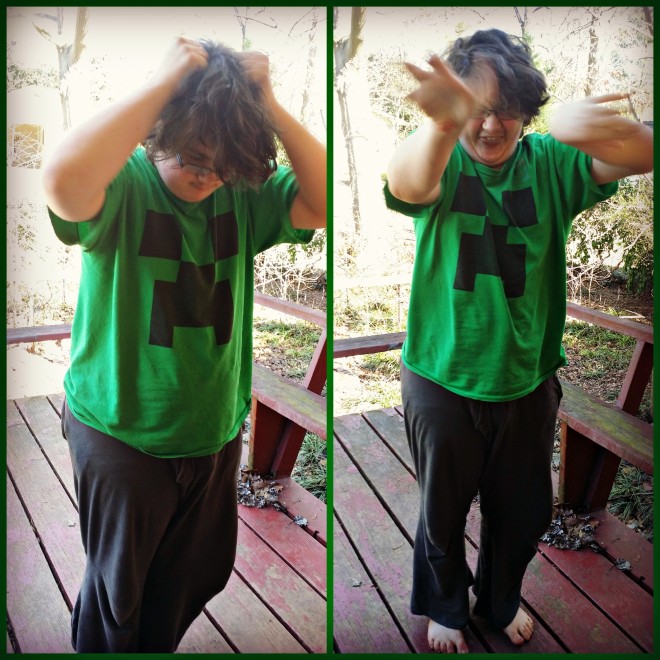A Guest Post By Austin Harris, Emergency Medical First Responder,
Autism Specialist, CERT Instructor
Air shows can be fun for kids of all ages… but add autism to the mix and you may have a crisis in the waiting.
I worked as a medical first responder at an air show earlier this year that and learned some valuable lessons after encountering a wandering autistic child. First let’s start with some details:
The call came in to the first aid team from family members that their sibling had gotten away from them, which is somewhat of a normal occurrence at the air show each year. Unfortunately, we were overwhelmed in first aid at the time with several cases so I was not immediately brought in on this one.
My partners started the normal procedure for a lost child while I finished up my call. 30 minutes passed, and by the time I was finished the child still was missing. We were still getting information from the family members, who were kids themselves. Something just did not seem right; the family acted very nervous and seemed to not be telling us something. So I asked the question: “Is the child autistic?”
To our astonishment the answer was, ”Yes he is.” This changed the situation dramatically.
This is where lesson one comes in: interviews. When someone goes missing, it is vital at first contact to ask caregivers about the possibility of special needs and what type of conditions they may have. Brothers and sisters usually have some idea of what kind of needs their siblings may have. With me, my sister knows I am a heart patient and that I’m autistic. She can tell you a lot about my condition, the key is to ask.
It took several hours to locate the child – we had radioed all parties involved in the search the crucial information that the child was autistic. Finally one of our police officers made first contact and was able to bring the child back to be reunited. It had been a hot day and since several hours passed since the child went missing we knew there would be some medical issues.
As an autism specialist, I made primary contact with police as soon as they brought him to us. I identified that I was an autism specialist and would take the lead with the patient. This brings me to lesson two: in the event you have a specialist or officers trained in autism on site let them take the lead, because they can provide specific insight and support, where other team members may not be able to.
Once in my care I took the child to his family and I had two other team members from the Hope Animal Assisted Crisis, who had their K9 crisis intervention and therapy dogs with them, to provide care and comfort. This was the key to it all. The child did not open up to us immediately but opened up to the dogs first. This is my third lesson: use your resources and trust your team members – even your canine team members! They, too, can help you help your patient.
I’m so glad the situation ended on a positive note. It could have had an entirely different outcome. I learned a few lessons from this experience.
Missing autistic child lesson 1:
When someone goes missing, it’s crucial at first contact to ask caregivers about the possibility of special needs and what type of medical conditions they may have. Even brothers, sisters, aunts, uncles or close family friends usually have some idea of what kind of needs the family member may have.
Missing autistic child lesson 2:
Autism specialists or autism trained officers are needed on site at large events and should be given the primary responder role because they can provide specific insight and support which other team members may not have.
Missing autistic child lesson 3:
Use your resources and trust your team members – even your canine members! They can help you establish a rapport that will pave the way for you to communicate with and provide care to your patient.




 I’m going to be boldly honest right now about how things are for us sometimes, because I believe it can help responders understand more about interacting with autistic individuals.
I’m going to be boldly honest right now about how things are for us sometimes, because I believe it can help responders understand more about interacting with autistic individuals.



